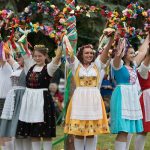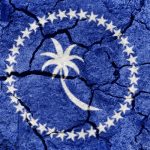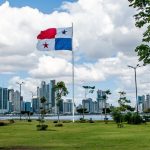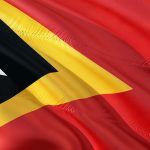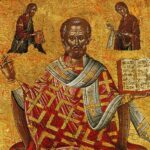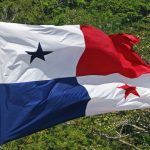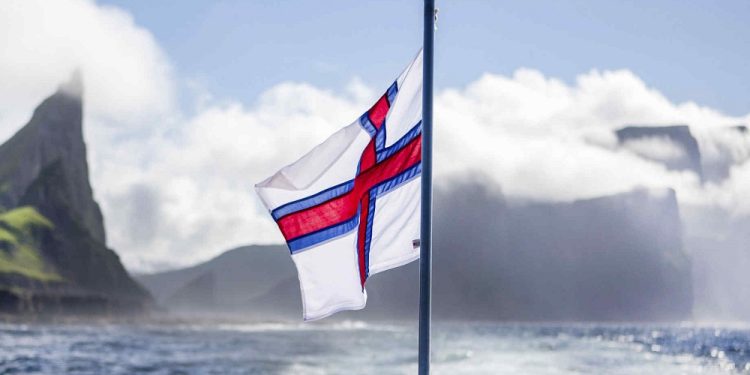
National Flag Day in Faroe Islands
In the Faroe Islands, April 25th is observed as National Flag Day. This holiday commemorates the date in 1940 when British authorities first recognized the Faroese flag as the civil ensign of the Faroe Islands. The Faroese flag, also known as the Merkið (meaning “banner” in English), was first designed by Jens Oliver Lisberg and other Copenhagen students in 1919.
It was first raised on the islands on June 22, 1919, in Fámjin, the home village of Lisberg, during a wedding ceremony. During WWII, the British occupied the Faroe Islands, and they approved the flag’s use for Faroese vessels on April 25, 1940. On March 23, 1948, the flag would officially be recognized by the Danish government as the island’s national flag.
Interesting Facts About The Faroe Islands
The Faroe Islands sit to the northwest of Scotland and are about halfway between Iceland and Norway. It’s a country in the North Atlantic that’s comprised of about 18 rocky islands that are connected by a series of ferries, tunnels, and bridges. It’s a country that’s pretty fascinating, so we decided to lay down some of the interesting facts about the islands.
- The Faroe Islands were settled by Irish monks in the 6th century.
- The area was also settled by Vikings during the 9th century.
- About half of the island’s electricity is composed of renewable energy.
- There are no indigenous trees on the Faroe Islands, although there are plantations of trees that have been planted.
- Sørvágsvatn Lake is the largest lake in the Faroe Islands.
- Fishing accounts for half of the country’s GDP.
- The second largest industry in the Faroe Islands is tourism.
Observing National Flag Day In The Faroe Islands
On this day, there are usually official flag-raising ceremonies that commemorate the flag. Since it’s a national holiday, government offices, schools, and many businesses are closed on this day. If the holiday falls on a Sunday, some businesses may choose to operate using Sunday hours.

